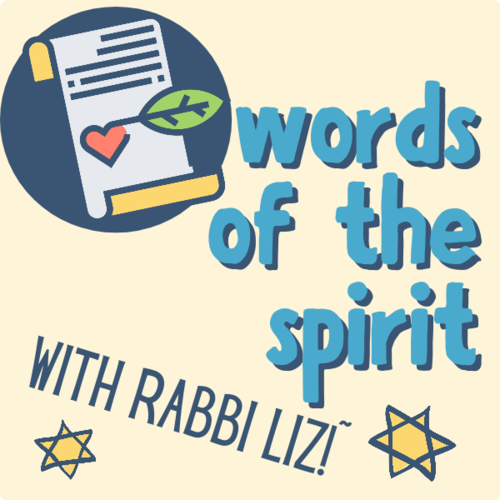Notes from a Teaching on “Self” – Jewish Mindfulness Meditation – Thursday October 11, 2018
16/10/2018 07:46:36 PM
| Author | |
| Date Added | |
| Automatically create summary | |
| Summary |
Central to any spiritual journey is the concept of self. As embodied beings, it can’t be otherwise. Yet this also entails a certain contradiction. Though of course many spiritual practices may unfold in embodied forms, spiritual journeys are broadly understood to be originating, manifesting, or residing in realms beyond the body.
Transcendence is therefore a concept found in many spiritual practices, religions and journeys into and through the Self.
The notion that we may be able to, or should aspire to, access a realm beyond the corporeal is a common feature of many spiritual practices. Many in the Western World in the 20thcentury began to access meditation and mindfulness practices through a form known as “Transcendental Meditation,” and while that particular approach does not have a “lock” on each term, it certainly named two key elements of journeying into, through, and beyond the self.
What is the Self, and what is Transcendence?
It may be easier – WAY easier - to define the latter than the former.
Transcendence can be understood as “existence or experience beyond the normal or physical level”. It is often meant to convey that something is awesome, the best, like a theatrical or musical event that so transported and transformed one’s sense of reality that all we can do is call is transcendent.
The self can be understood as a person’s essential being, as distinguished from another’s being. It’s what keep us us, AND what keeps us apart from each other.
Put them together. Self transcendence may be understood as the overcoming of the limits of the individual self in spiritual actualization.
I was a young student, around 17 years old and in CEGEP, when I began to read about and grapple with these concepts. I wrestled, like many teenage girls, though not in a debilitating way, with liking my body. I shifted this wrestling onto philosophical and intellectual paths: what is the “right” way, the most thoughtful, correct path, to transcendence, because – of course – once I was exposed to some ideas about it I determined that it was the only correct aspiration for the human being – to be the best human was to be so overwhelmingly unattached to being human, or to not be trapped by the limitations of humanness.
I explored many paths in the realm of existential philosophy and psychology. There were very enlightening, fruitful and meaningful. Yet ultimately, they didn’t teach me everything I needed to know about how to live being in and with my self, and grappling with what is beyond the self. I needed more, different, or other tools.
Thinking and Being, we were told by Rene Descartes, are one and the same thing. In the practice of mindfulness, it seems we are invited into seeing our thoughts, seeing ourselves separate from them – and this can be challenging, and perhaps even terrifying.
I no longer aspire to be separate from, or above, my body. But if I could talk to my young self, 45 years ago, I might say: do both, use both. Make the body and the mind a vessel, a receptacle, for the transcendent. Not as a measure of achievement, superiority, accomplishment; not in order to best yourself or others. Sitting and practicing is the opposite of an achievement. It is about allowing ourselves to be with our selves. We are people who think – it’s what our brains, our bodies, do.
Ultimate, what our practice can lead to, or heighten, is both a greater AND lesser sense of self – a loosening of the boundaries between each of us and all existence, along with a strengthening of self-awareness and self-knowledge.
Rabbi Liz
Sat, 5 July 2025
Special Messages from the Rabbi
Privacy Settings | Privacy Policy | Member Terms
©2025 All rights reserved. Find out more about ShulCloud







